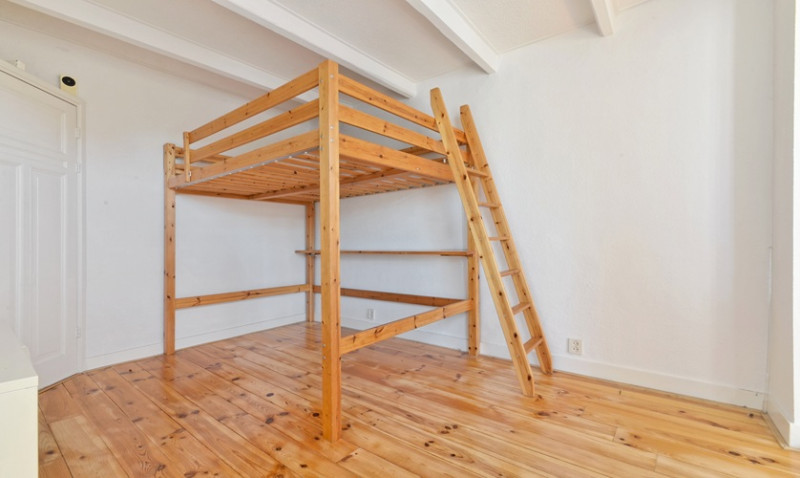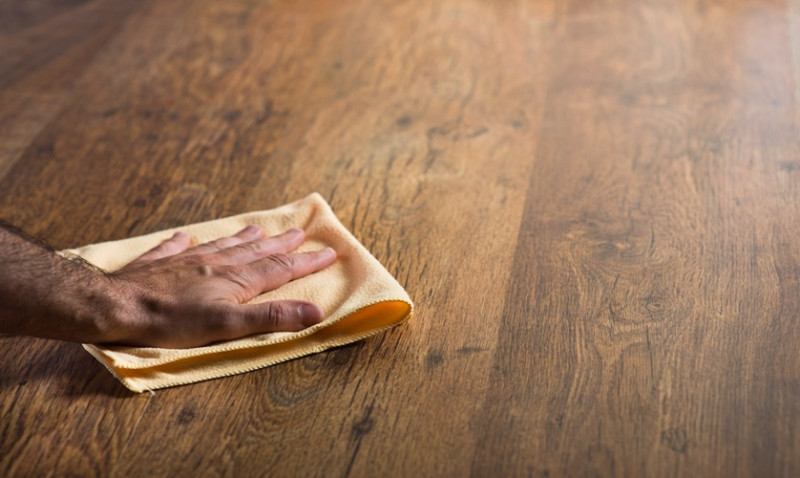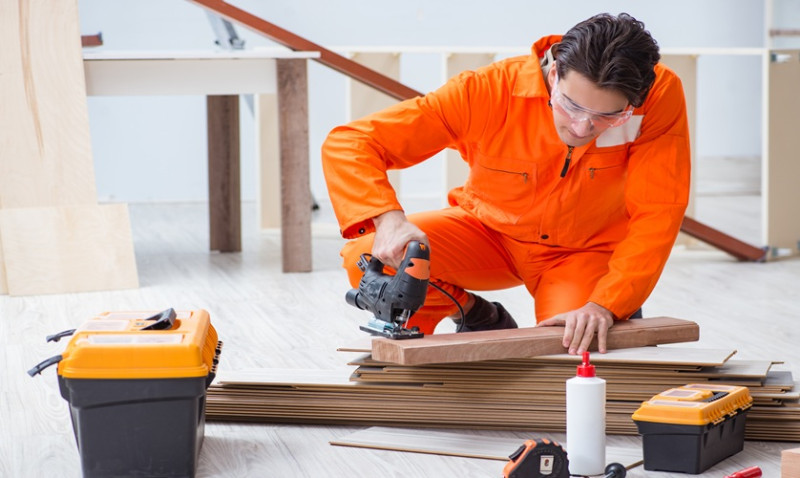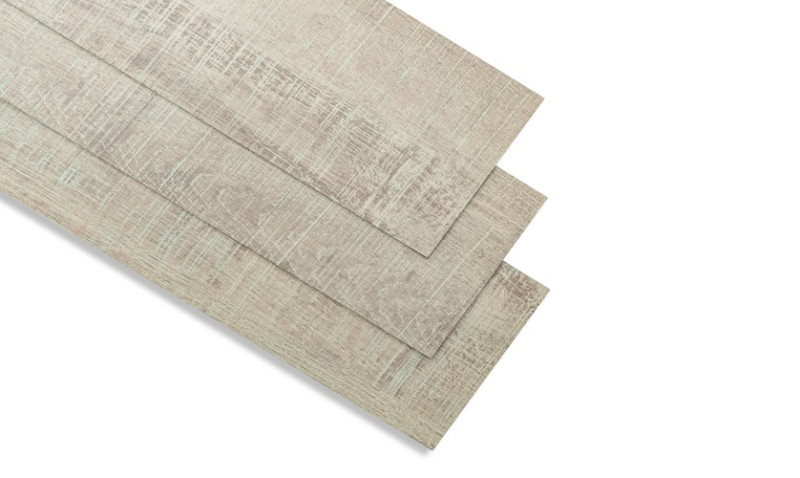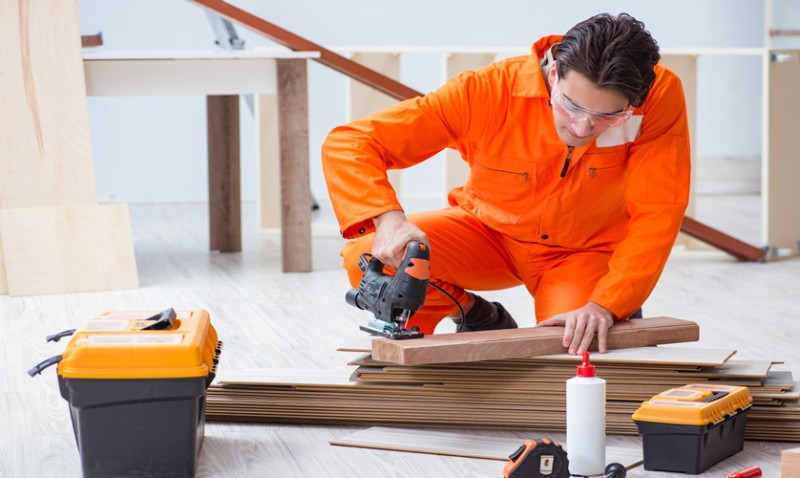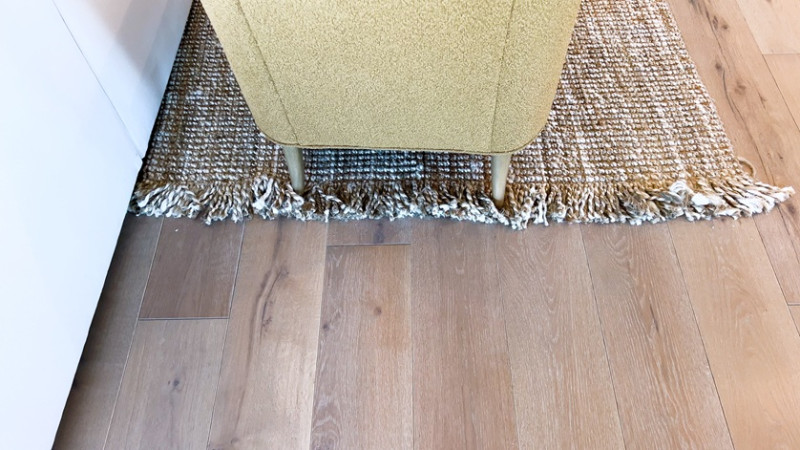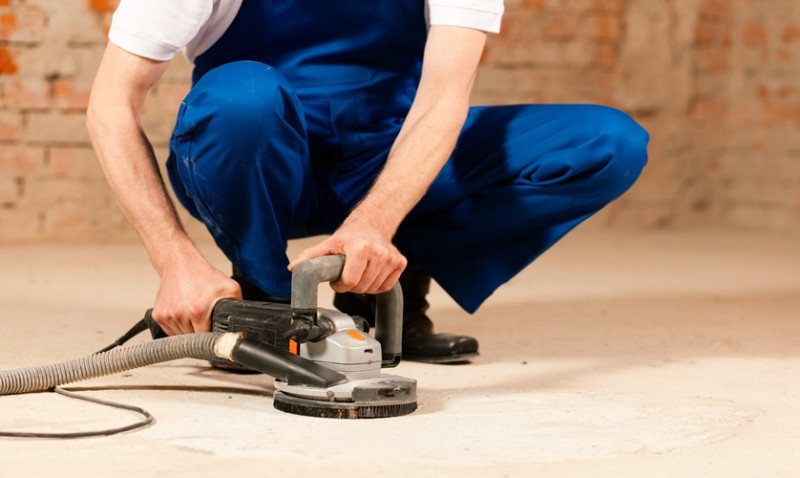
Looking to give your tired, worn-out pine floors a new lease on life? Floor sanding and varnishing are among the most effective ways to completely transform your interior space. Whether you’re a DIY enthusiast dreaming of a character-filled home, a professional designer searching for timeless solutions, or a tradesperson planning your next renovation project in the UK, mastering the process of pine floor sanding and varnish application can yield beautiful results that last for years.
Pine is a popular softwood flooring option in British homes thanks to its warm tones, attractive grain patterns, and affordability. However, over time, everyday wear, foot traffic, and improper maintenance can leave pine floors looking tired and dull. Fortunately, sanding and applying the right varnish can reveal the hidden beauty beneath and protect the wood for the future.
Why Choose Pine Flooring?
Pine is a softwood native to the UK and commonly used in both period and modern homes. It offers a natural yellow-brown tone that deepens with age and gives homes a cosy, traditional look that's hard to replicate with synthetic flooring. Pine is also relatively easy to work with, making it ideal for DIYers or tradespeople looking for flexible material choices.
Despite being softer than hardwoods like oak or walnut, pine can be made highly durable with proper treatment, offering decades of use. When paired with varnish, its characterful knots and grain textures are beautifully enhanced, contributing to a refined yet rustic aesthetic.
The Floor Sanding Process Explained
Sanding is an essential preparatory step that removes the top layer of a wooden floor to reveal fresh, clean timber underneath. It's designed to eliminate surface imperfections, scratches, stains, or old finishing layers. When done right, sanding your pine floor can make it look brand new.
The sanding process typically begins with coarse grit sandpaper (e.g., 24–36 grit) to remove old varnish or paint. Subsequent passes involve progressively finer grits (60, 80, and up to 120 grit) for a smooth surface ready to receive varnish. Edges and corners that large machines can't reach must be done using edge sanders or detail sanders.
Attention to detail during this stage is essential. Inconsistent sanding can result in uneven varnish absorption, leading to patchy or blotchy finishes. It's also important to thoroughly vacuum and wipe down the surface between sandpaper grit changes to remove fine dust particles that could interfere with the final result.
The Magic of Varnish: Choosing the Right Finish
Once your pine floor is silky smooth and free of dust, it’s time to enhance its natural beauty with varnish—or floor lacquer, as it's sometimes called. Varnish not only enriches the look but also provides a durable, protective layer against foot traffic, spills, and stains. The right varnish acts as a sealant, bringing out the depth of pine's warm tones while ensuring it lasts for years.
You can choose between water-based and oil-based varnishes depending on your aesthetic and durability preferences:
| Type of Varnish | Appearance | Drying Time | Durability | Best For |
|---|---|---|---|---|
| Water-Based | Clear, non-yellowing | Fast (2–4 hours) | Moderate to High | Eco-conscious homes, light modern interiors |
| Oil-Based | Warm amber tone, slight yellowing over time | Slower (8–12 hours) | High | Traditional settings, high traffic areas |
Water-based varnishes are ideal for maintaining the natural look of pine without darkening it, whereas oil-based options can deepen the mellow tones of pine, offering a classic aged appearance. Both types typically require 2–3 coats, with light sanding between layers for optimal adhesion and a silky-smooth finish.
Tips for a Flawless Floor Finish
Preparation and patience are key to achieving professional-grade floor sanding and varnishing results—regardless of whether you’re DIYing it or hiring a tradesperson. Here are several expert tips to help you avoid common pitfalls:
- Acclimate the floor: Make sure the room has stable humidity and the pine has adjusted to the indoor environment before sanding.
- Use quality tools: Invest in or hire an industrial-grade sander to ensure even, smooth results across the entire floor area.
- Apply thin coats: When varnishing, avoid thick layers, which may dry unevenly or trap bubbles.
- Let it cure: Even though varnish may feel dry within hours, complete curing can take several days. Avoid heavy use until fully cured.
- Maintain with care: Use appropriate wood-safe cleaning products and avoid dragging furniture to prolong the life of your finish.
Before and After: A Transformative Outcome
The difference between a tired, dull pine floor and one that has been sanded and varnished is truly remarkable. What was once a scuffed, stained, and faded surface becomes a centrepiece of the room—gleaming, smooth, and rich with natural character. It’s an ideal project for anyone looking to elevate a space without a full renovation.
Whether in a London flat, a Manchester Victorian home, or a countryside cottage in Devon, the transformation adds both aesthetic and financial value to your property. Refinished floors complement both modern minimalism and eclectic vintage décor equally well, making this method a versatile design option across the UK housing landscape.
Professional Help or DIY?
While many handy homeowners can attempt the project themselves using rental tools and carefully following guidance, floor sanding does require precision. Uneven sanding, missed spots, or varnish puddling can compromise the final result. For those seeking a guaranteed high-end finish—or simply short on time—hiring professional flooring specialists is a worthwhile investment.
Architects and interior designers often prefer to bring in experts to ensure consistency across larger areas and to achieve advanced finishing techniques. Many UK professionals offer eco-friendly varnishes, dustless sanding technology, and consultations tailored to the age and condition of your pine boards.
Final Thoughts: Embrace the Beauty Beneath
Restoring pine floors through sanding and varnishing is more than just a cosmetic fix—it’s a way of honouring the history, warmth, and natural charm of your home. Whether you're a DIYer on a weekend mission or a trade professional working on your client’s dream interior, the power of pine combined with a quality varnish finish can truly redefine the look of your space.
With the right tools, preparation, and commitment, the results speak for themselves—timeless, durable beauty right under your feet.
